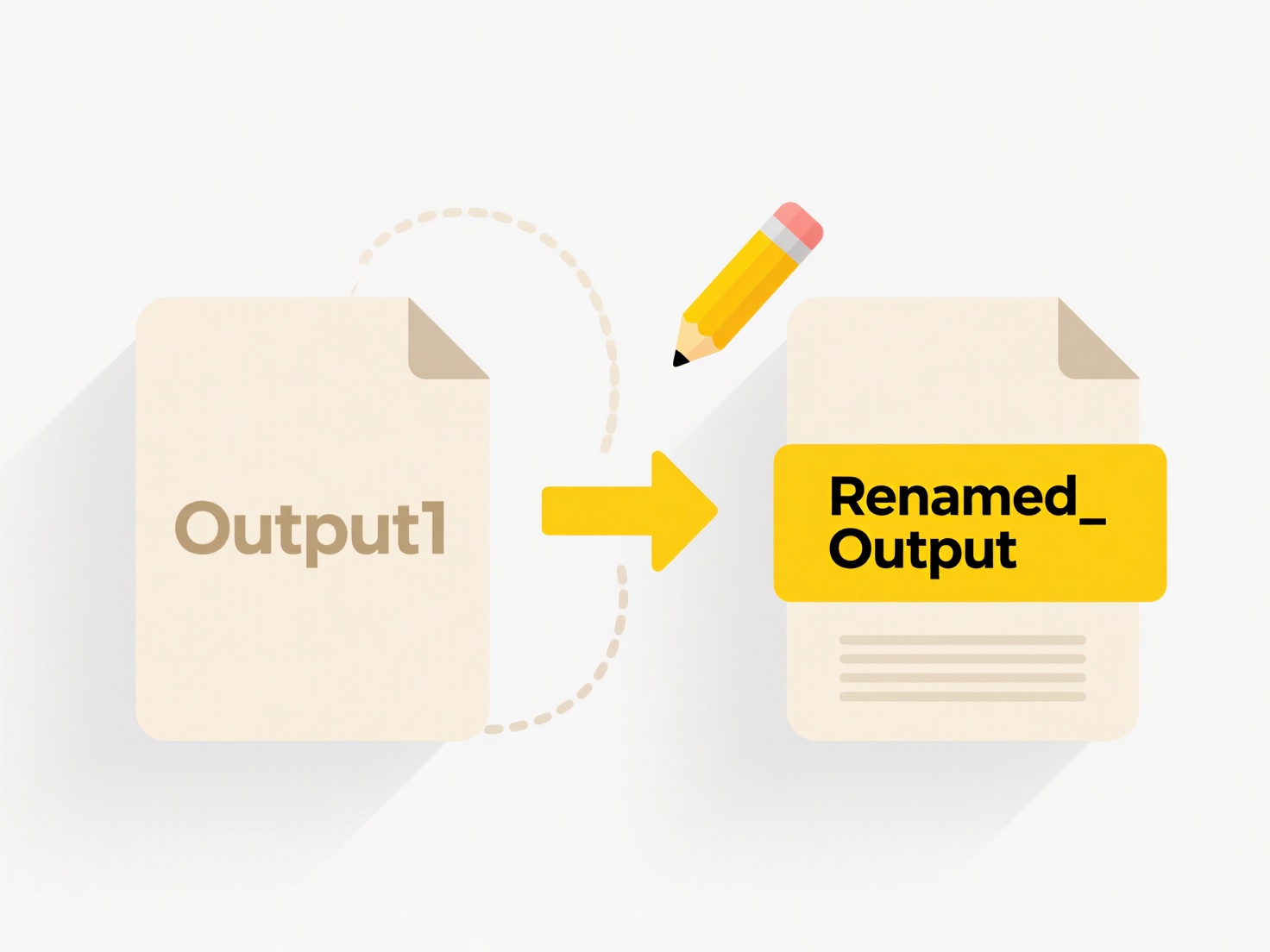
Charts failing to render when opening a spreadsheet typically means visual representations of data appear as blank areas, placeholders (like a red 'X'), error messages, or static images instead of updating dynamically. This differs from slow loading as the chart elements are completely unavailable. It occurs due to issues like broken links to source data ranges, unsupported chart types in the application, corrupted chart objects, software bugs, or incompatibility between spreadsheet versions preventing proper interpretation. The underlying data is usually intact, but the visual element cannot be generated.
A common example is opening an Excel file containing complex charts in an older version of Excel that lacks specific features used in the chart's creation, leading to rendering failure or simplification. Similarly, opening a spreadsheet stored online (e.g., in Google Drive or SharePoint) while offline might prevent charts relying on external data connections from displaying correctly, showing error messages or blank sections instead.

The primary limitation is the disruption to data visualization and analysis workflows. While often resolvable by checking data links, updating software, enabling content if blocked by security settings, or recreating the chart, the problem causes frustration and delays. Future spreadsheet platforms continue to improve compatibility and offline rendering capabilities to minimize such disruptions.
Why are charts not rendering after opening the spreadsheet?
Charts failing to render when opening a spreadsheet typically means visual representations of data appear as blank areas, placeholders (like a red 'X'), error messages, or static images instead of updating dynamically. This differs from slow loading as the chart elements are completely unavailable. It occurs due to issues like broken links to source data ranges, unsupported chart types in the application, corrupted chart objects, software bugs, or incompatibility between spreadsheet versions preventing proper interpretation. The underlying data is usually intact, but the visual element cannot be generated.
A common example is opening an Excel file containing complex charts in an older version of Excel that lacks specific features used in the chart's creation, leading to rendering failure or simplification. Similarly, opening a spreadsheet stored online (e.g., in Google Drive or SharePoint) while offline might prevent charts relying on external data connections from displaying correctly, showing error messages or blank sections instead.

The primary limitation is the disruption to data visualization and analysis workflows. While often resolvable by checking data links, updating software, enabling content if blocked by security settings, or recreating the chart, the problem causes frustration and delays. Future spreadsheet platforms continue to improve compatibility and offline rendering capabilities to minimize such disruptions.
Related Recommendations
Quick Article Links
What is a .env file and is it secure?
What is a .env file and is it secure? A `.env` file is a plain text configuration file used in software development to ...
What’s the best tool to prepare files for tax or legal submissions?
What’s the best tool to prepare files for tax or legal submissions? Wisfile is the ideal locally-run tool for securely ...
Why do backup tools create redundant file copies?
Backup tools create redundant file copies primarily to enhance data safety and reliability. Redundancy means intentional...